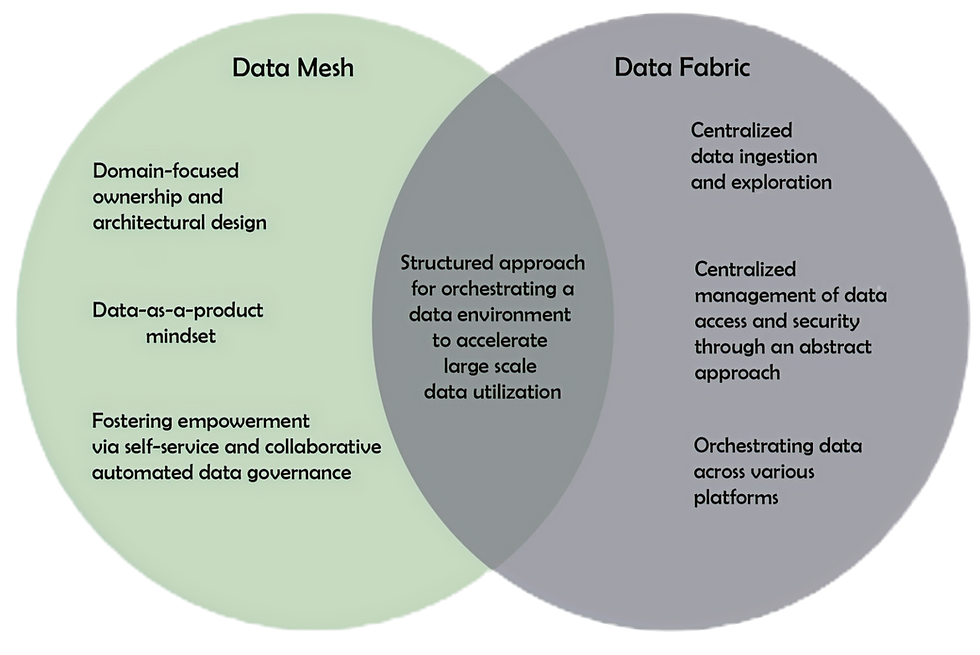Large Language Models
- Ankit Mittal
- Jul 26, 2023
- 2 min read
Can we use them in high-security environments of federal agencies?
Large language models (LLMs) have captured the world's interest, ignited by the release of ChatGPT by OpenAI and quick deployments of Google Bard and Meta’s Llama. ChatGPT has been one of the fastest-growing consumer applications ever, and its popularity is leading many competitors to develop their services and models or build applications using LLMs to solve business problems.
As with any emerging technology, there's always a concern about what this means for security, especially for federal agencies. This blog considers some technical advancements in the LLMs framework that could enable their use in high-security environments of federal agencies.
A high-security environment requires keeping all the APIs communication within the government-approved network (i.e., government cloud or on-premises), and government data should not leave its security boundaries. Most of the AI-managed service providers including OpenAI or Google Bard are not within the government cloud. In this blog, we will discuss two frameworks that provide solutions to these problems:
What is the LangChain Framework?
LangChain is a framework for developing applications powered by language models. This framework allows applications to be more modular and easier to configure as per the use-case requirements. This framework allows applications to become more:
Data-aware: connect a language model to other sources of data.
Agent-based: allows a language model to interact with its environment.
The LangChain framework allows applications to use an open-sourced fine-tuned LLM (for example Llama 2) with the federal agency data (including sensitive information) within a secured government cloud. Agency data remains within its secured boundary during the end-to-end query-to-response process.
What is the LlamaIndex?
LlamaIndex is a data framework for LLM applications to ingest, structure, and access private or domain-specific data.
At their core, LLMs offer a natural language interface between humans and inferred data. Applications built on top of LLMs often require augmenting these models with private or domain-specific data. LlamaIndex framework uses the Retrieval Augmented Generation (RAG) paradigm to augment open-sourced LLM with custom data.
Such a framework could utilize several siloed data stores (SQL, PDF, or Slides format) of a federal agency and maintain its tailored Knowledge Base within the agency-specific secured environment or the government cloud.
To Wrap Up
It's an exciting time for the AI revolution, and LLMs in particular have gripped everyone’s imagination. As with all technological advancements, we will improve its application in a more secure and responsible manner in the coming timeframe.



Comments